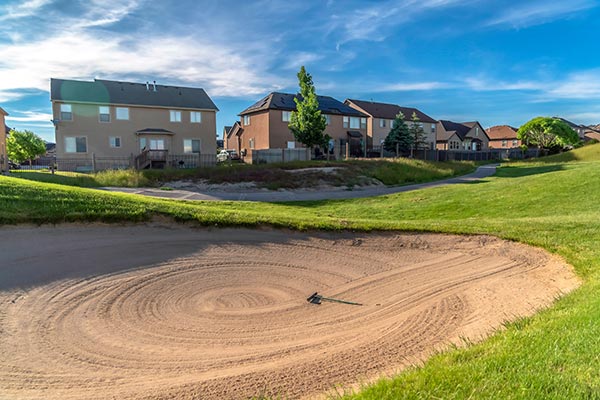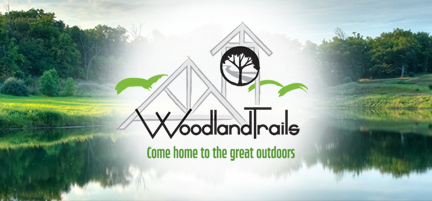
From Greens to Gray: The Impact of Losing Community Green Spaces on Home Values
Picture the serene view of lush fairways and rolling greens from your backyard—the idyllic setting that drew you to your home nestled beside a community green space. However, the threat of losing this cherished greenery looms as developers eye the land for alternative use. There are very real consequences of losing community green spaces including how it can affect the value of your home.
The Allure of Community Green Spaces
Living near community green spaces, like golf courses, parks, and open fields, brings undeniable appeal. These areas not only enhance property values but significantly improve the quality of life for residents. The tranquility, privacy, and recreational opportunities green spaces provide cannot be overstated. Imagine waking to the sound of birds, rather than the buzz of construction, or watching your children play in an open field, steps from your door. This connection to nature and community fosters a sense of well-being and belonging that urban settings often lack.
The Decline of Golf Courses
Yet, the very spaces that contribute so much to our lives are under threat. Golf courses, in particular, are facing challenges from declining interest, soaring maintenance costs, and shifting demographics, prompting closures and making them targets for redevelopment. These closures have stark repercussions for neighboring homeowners, often leading to decreased property values and a loss of community amenities. Case studies from across the country illustrate a troubling trend where the transformation of green spaces results in the erosion of community character and appeal.
The Ripple Effect on Home Values
Research consistently shows a positive correlation between the proximity of green spaces and property values. Homes adjacent to these areas command higher prices and enjoy greater marketability. Yet, as these spaces are repurposed, the surrounding properties often experience a tangible dip in value. The loss extends beyond dollars; it impacts the desirability of the neighborhood itself, as the green vistas and open landscapes that attracted homeowners are replaced with more buildings and concrete.
Loss of Amenities and Lifestyle Appeal
The conversion of green spaces to residential or commercial developments not only affects homeowners financially but also strips away the lifestyle and aesthetic appeal that initially drew them to their homes. The psychological and emotional impact on residents, who invested in their homes with expectations of a certain quality of life, can be profound. The sense of community and connection to nature, once a given, becomes a memory, altering the fabric of the neighborhood.
Economic Considerations for Homeowners
For homeowners, the economic implications of losing nearby green spaces are significant. Property values can decline, affecting resale potential and diminishing long-term investment returns. It’s crucial for homeowners to be aware of these potential risks and consider strategies for mitigating financial losses, such as engaging in community advocacy for green space preservation or exploring legal avenues to protect their property’s value.
Exploring Alternatives to Development
Despite these challenges, there are alternatives to the wholesale development of green spaces. Conservation easements, public-private partnerships, and adaptive reuse projects offer viable solutions for preserving the communal and aesthetic values of these areas. In Woodland Trails, for instance, the green space is protected in perpetuity. This means that homeowners can invest in their properties with the confidence that the natural beauty and recreational spaces that enhance their quality of life and property values will remain untouched by development.
As community green spaces face the threat of redevelopment, it’s essential for homeowners to understand the potential consequences on property values, lifestyle, and community identity. By advocating for the preservation of green spaces and exploring alternative solutions to development, residents can protect the value of their homes and preserve the natural beauty that enriches their lives.
Indeed, homeowners in Woodland Trails enjoy a unique advantage that sets this community apart from many others. The land dedicated to green spaces within Woodland Trails has been secured through conservation easements, a powerful tool in land preservation. This means that the land is protected indefinitely from development, ensuring that the green spaces which add so much value to the community and to each homeowner’s quality of life will remain.
Additionally, control of these easements has been handed over to the homeowners association, granting residents direct influence over the stewardship of their environment. This arrangement not only safeguards the natural beauty and recreational amenities of Woodland Trails but also solidifies the community’s role in preserving its unique character and values.
For homeowners in Woodland Trails, the dilemma of losing green spaces to development isn’t just unlikely; it’s impossible. This commitment to preservation and community control is a testament to a forward-thinking approach that other developments would do well to emulate, ensuring that Woodland Trails remains a beacon of sustainable living and community cohesion.

